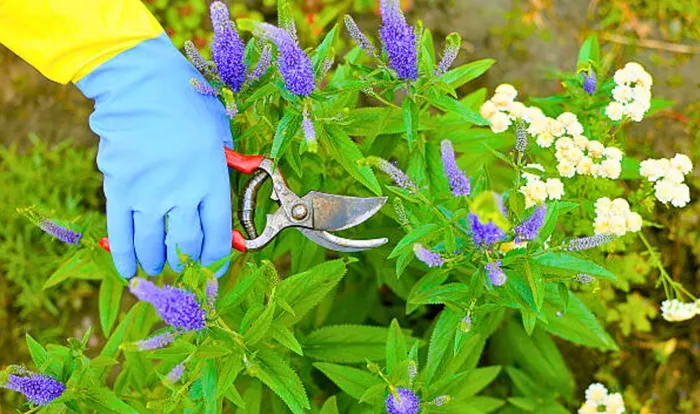A gardening expert has warned that many gardeners are mistakenly pruning lavender, which can lead to unhealthy plants that do not flower properly. According to Alexandra Campbell, founder of The Middlesized Garden, improper pruning can result in lavender becoming “leggy and woody.”
Lavender is cherished for its stunning blooms and soothing scent. It is also relatively low-maintenance if pruned correctly. Campbell emphasizes the importance of pruning lavender in early autumn. This practice prevents overgrowth and helps the plant conserve energy, allowing for a more abundant bloom the following year.
Campbell has shared her insights on the most effective pruning methods for lavender. “The absolutely best way to prune lavender is to cut it back hard,” she said. Reflecting on her own experiences, she noted, “I used to prune my lavender cautiously because I was afraid of damaging it. However, when I followed this advice from 2010 to 2014, my lavender sprawled. It became leggy and never looked as beautiful as my neighbor’s lavender.”
Despite differing opinions on pruning techniques, Campbell has found success in cutting her English lavender back hard, resulting in healthier plants that flourish year after year.
Many misconceptions surround the proper pruning of lavender, according to Campbell. A common belief is that gardeners should avoid cutting lavender back to the wood, as it does not regenerate from old wood. Some advice suggests leaving one-third of the new green growth or merely trimming lightly.
Instead, Campbell advocates for cutting English lavender back to about nine inches in height. This allows for some green shoots to remain on the brown stems, while also removing any gappy areas of the plant. “This exposes tiny buds to sunlight, allowing them to sprout from near the base of the plant,” she explained. “While the plants may appear brown after pruning, they quickly develop new foliage, creating elegant grey mounds for the winter garden.”
Campbell noted that hard pruning results in tidy, sculptural mounds during winter, adding visual interest to the garden. To achieve the best results, she recommends using sharp, clean secateurs and only pruning once the lavender flowers have faded and turned grey.
Gardeners can tell it’s time to prune when pollinators, such as bees and butterflies, are absent from the lavender stalks. While it is acceptable to cut into the lavender wood, Campbell cautions against cutting into the buds, as this can hinder the plant’s ability to grow back.
Related topics:
- From One Ancient Seed, A Biblical Plant Has Grown
- Plants May Aid in Eliminating Nanoplastics from Our Environment
- Create a New Flowerbed Now for a Beautiful Spring Garden


